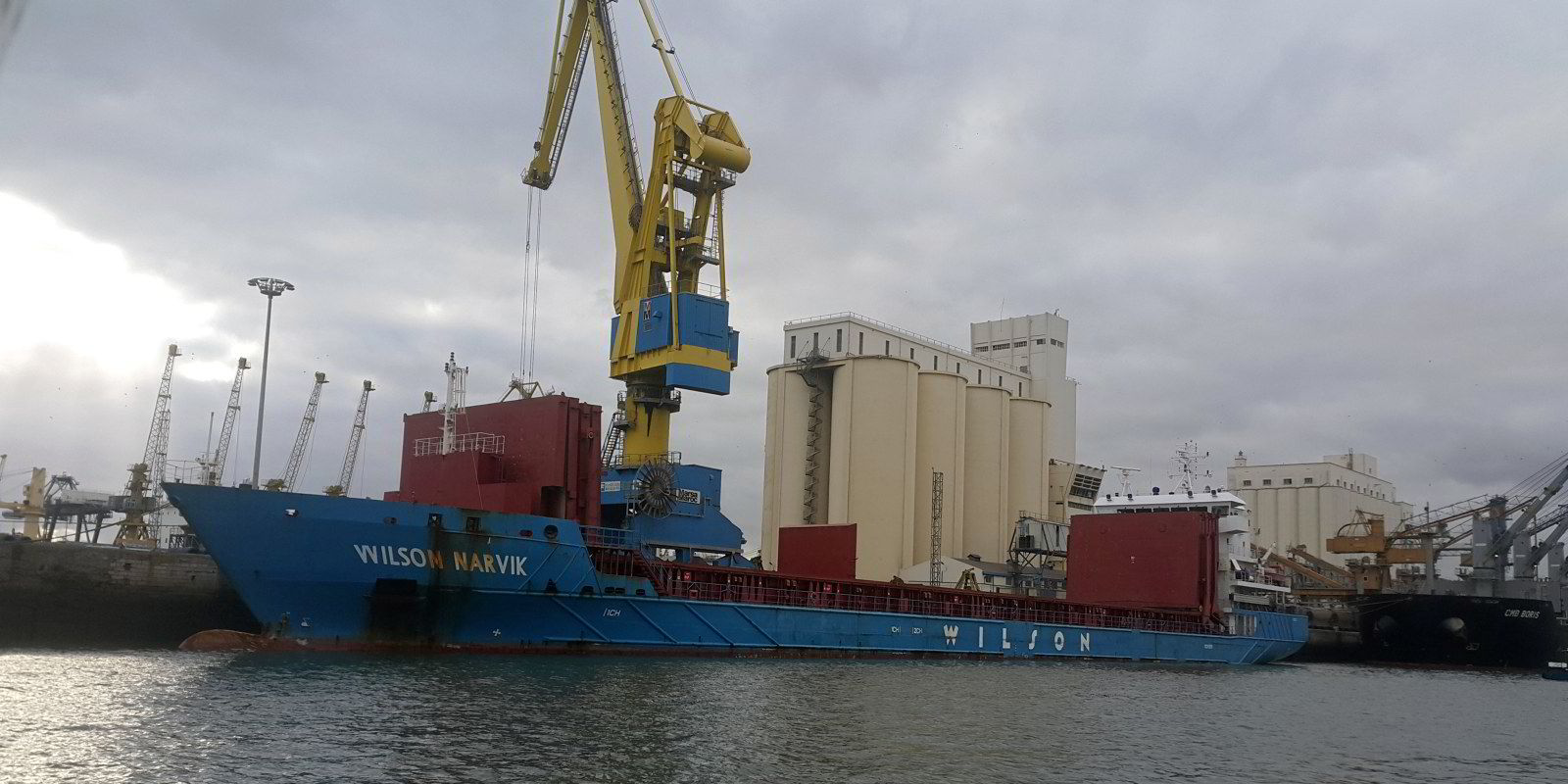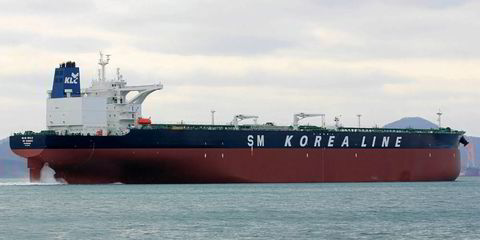Small-bulker giant Wilson has turned in a booming second-quarter result with its fleet of more than 100 owned vessels under 8,500 dwt.
The Bergen-based, Oslo-listed owner and operator is keen to use some of the money on fleet renewal in the form of secondhand purchases, but no newbuildings are on the horizon, chief financial officer Stig Vangen told TradeWinds.
“Last year was already a very good year and this year we are already almost at the same result level of full-year 2021,” he said.
Wilson reported profits after tax of €26.2m ($27m) for the three months to 30 June, on gross freight revenue of €109.8m and Ebitda of €43.7m.
That is nearly triple the €9.1m in earnings after tax for the same quarter of 2021, when gross freight revenue was €80.7m and Ebidta €23m.
First-half earnings are up by a similar factor, at €50m in after-tax earnings on €210.8m in gross freight revenue and €84.4m in Ebidta. The corresponding numbers for the first six months of 2021 were €17m after tax on €156.6m in gross freight and €42.4m in Ebitda.
In the half-year results released on 12 August, the company did not break out special market factors behind its booming numbers, but cited general high transport demand.
Contract coverage for the second quarter was just 56%. Vangen said the company has “chased profitability” on the spot market, and that has combined well with a “good flow” in its contract of affreightment (COA) portfolio.
“The number of ships in our trade is limited and there are very few newbuildings, and customers are willing to pay to secure their transport needs,” he said.
Income from COA business lags behind the spot market, but that should improve as contracts are renewed.
Tonnage is tight in Wilson’s market segment in part because owners are reluctant to make investments in newbuildings when emissions regulations could make a ship obsolete before it is long out of the shipyard.
“We have no official plans for newbuildings yet, but we’re looking,” Vangen said. “But we have a policy of maintaining our ships to the age of 35 or 40 years, and when vessels are going to trade for that long, you have to get [an investment decision] right.”
He cited shipyard capacity in the small-vessel segment as another obstacle to newbuilding orders.
Wilson is controlled by members of the Kristian Eidesvik family of Bergen, whose investment vehicle Caiano holds some 86.5% of the shares.
The company operates about 130 vessels of up to 8,500 dwt, of which 108 are directly owned and most of the others are long-term chartered from German and Dutch general cargo shipowning peers.
VesselsValue reckons the fleet to be worth about $407m —a figure calculated on the basis of 103 beneficially owned ships.
The company has been an active buyer and took delivery of 17 vessels during the first half of this year and sold one. Most of the ships acquired were part of a package of long-term chartered units acquired from Germany’s Arkon Shipping. Two more vessels will be delivered to Wilson in the coming quarter.
Wilson has not ordered newbuildings since 2012. The average fleet age is 21 years, only two ships are younger than 10 years old and the oldest is the 3,600-dwt general cargo ship Leiro (built 1981).





